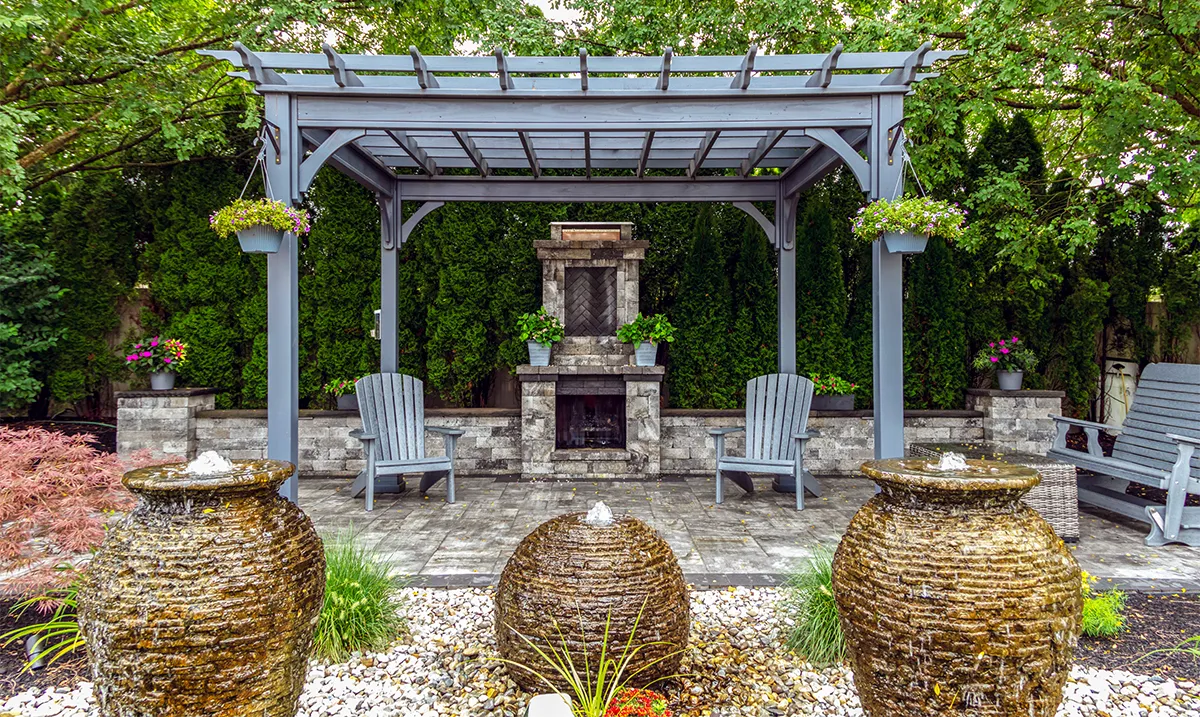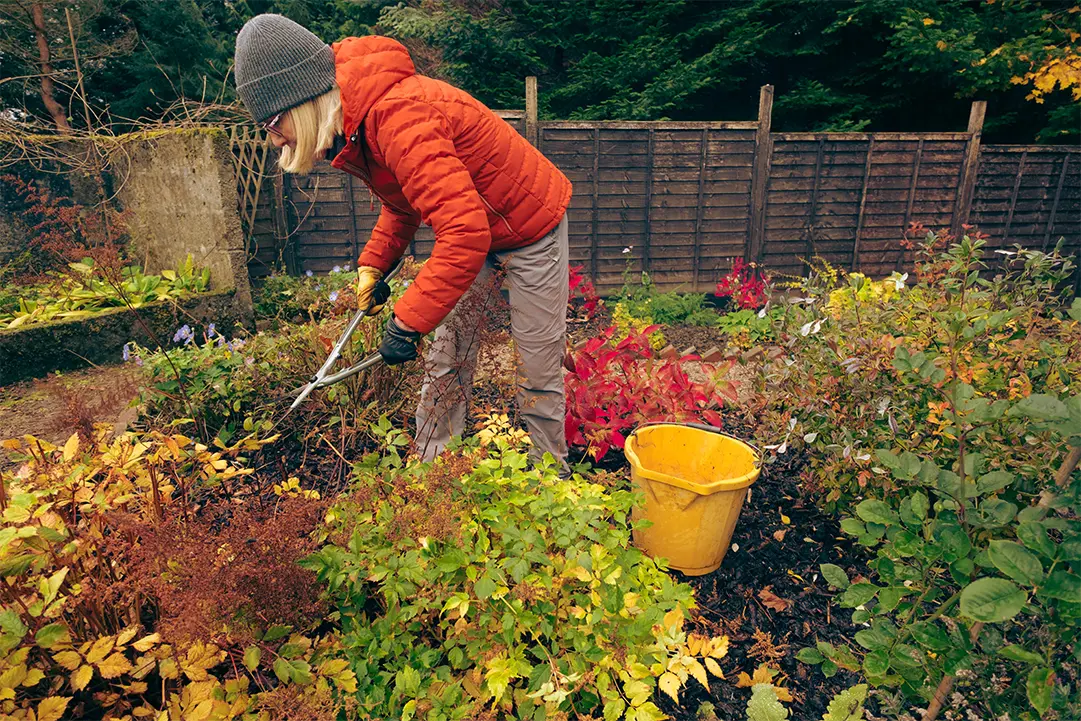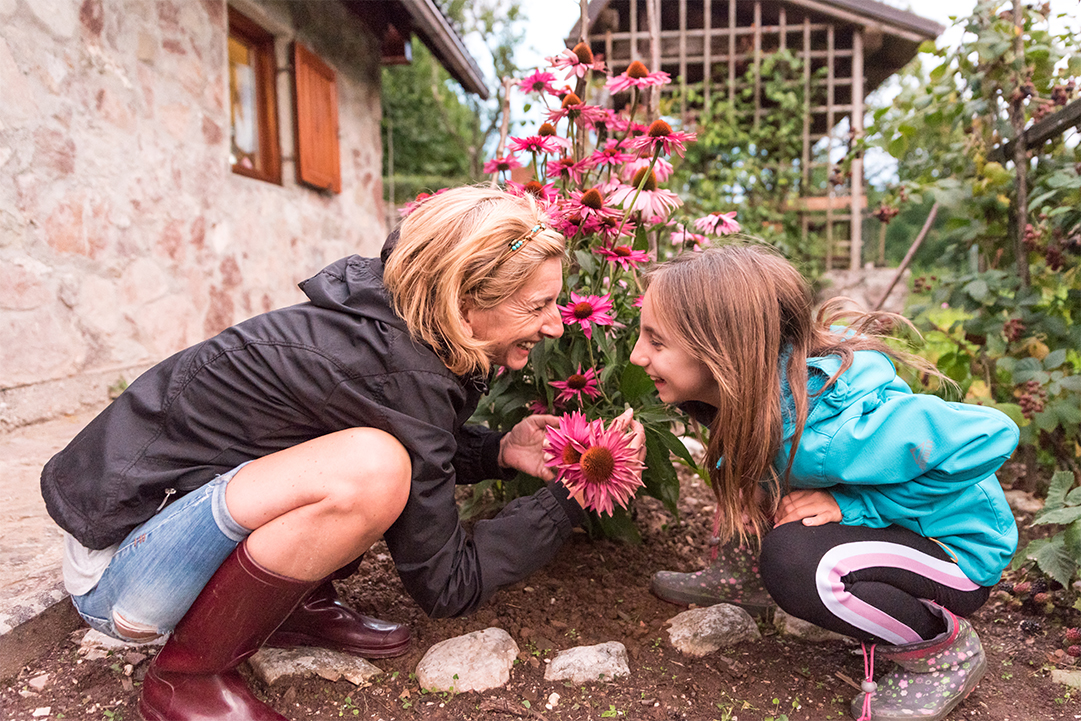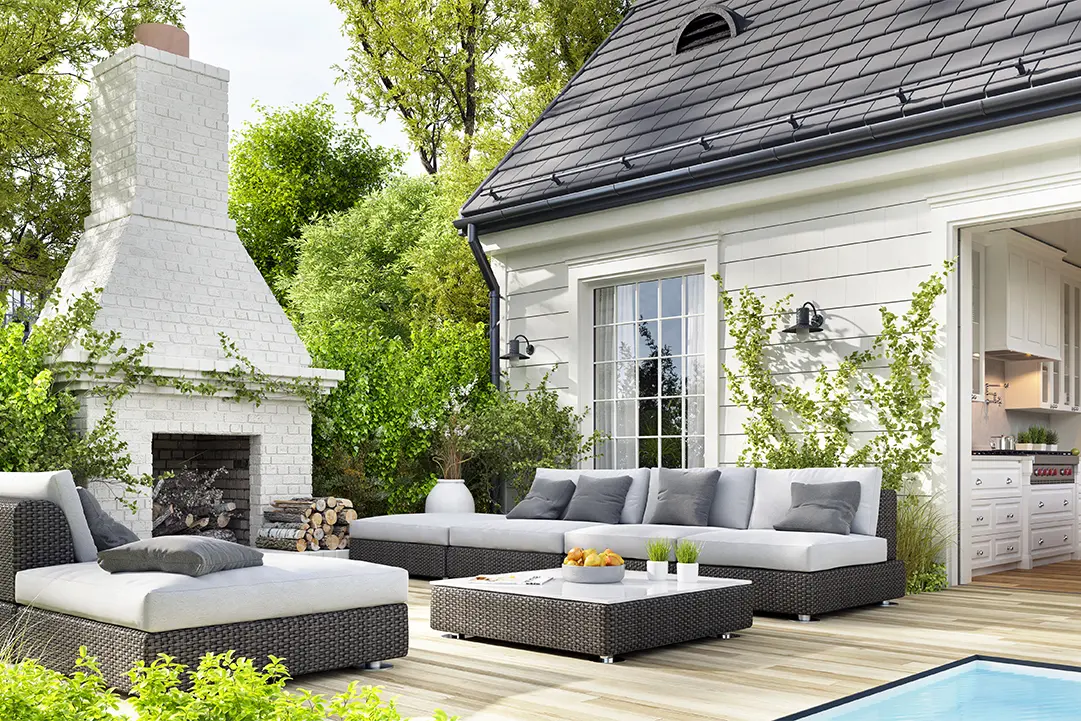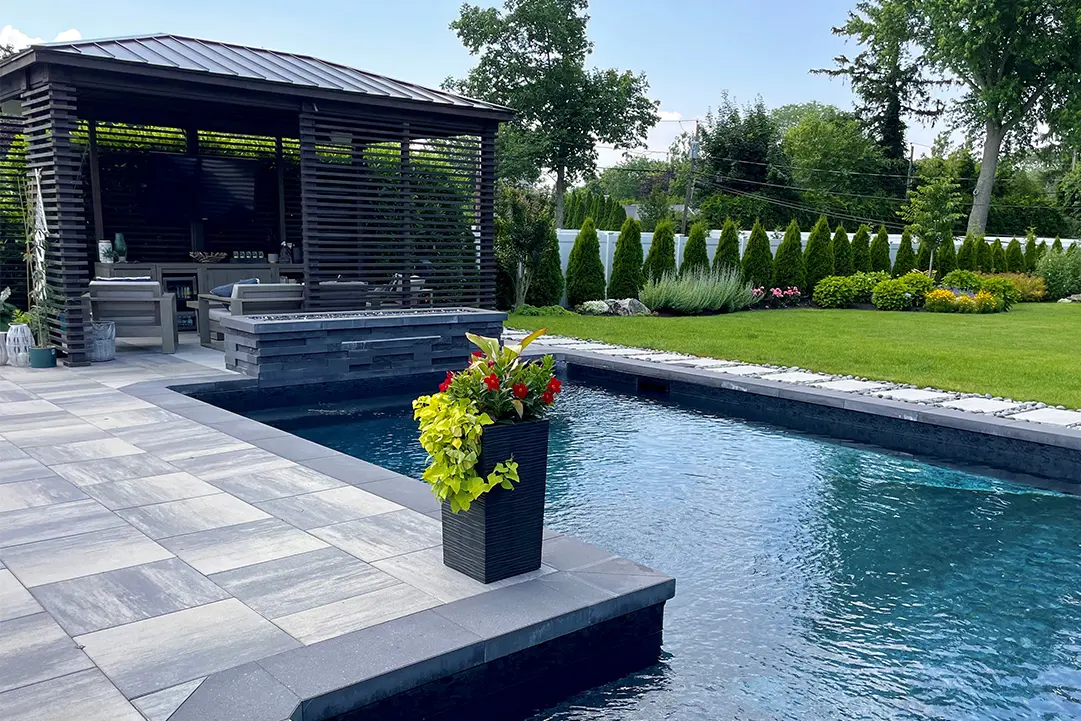A well-designed water feature can transform a yard from ordinary to amazing. But behind every peaceful fountain or trickling stream is a series of practical decisions that shape how the feature looks, sounds, and functions. Whether you’re envisioning a small bubbler near your patio or a modern wall fountain as a focal point, here’s how to think like a landscape designer and envision a water feature that feels like a natural part of your outdoor space.
Start with the Size and Placement
Before anything else, you’ll want to decide where your water feature will go and how large it will be. The scale needs to feel intentional—too small, and it can disappear into the surroundings; too large, and it can overwhelm the space. You also want to make sure it complements how you already use your yard. If you love hosting, it might belong closer to your patio or deck. If your yard is your quiet retreat, a tucked-away spot might be better.
Keep in mind how the placement will affect sightlines and sound. Ideally, you’ll be able to see and hear your water feature from inside your home or your favorite outdoor seating area. That way, you’re not just enjoying it occasionally, but integrating it into your daily environment. Think about sun exposure, too. Some water features, like those with aquatic plants, benefit from partial shade, while others do best in full sun to help reduce algae buildup.
Topography matters here as well. If your property has any natural slope or elevation changes, use them to your advantage. A cascading stream or tiered waterfall feels more organic when it follows the land’s natural contour. Even a small grade change can create visual interest without requiring major construction.
Choose the Right Water Feature
Not all water features are created equal. A quiet pond serves a different purpose than a dramatic fountain or a minimalist reflecting pool. Before settling on a specific design, think about the role the feature will play in your landscape. Do you want a calming atmosphere, a visual centerpiece, or the sound of running water to mask nearby noise? Your goal will help shape the direction of the design.
For a low-maintenance ambiance, a simple bubbler or self-contained fountain might be the way to go. These systems recirculate water and typically require less upkeep. For a naturalistic look, a pond surrounded by boulders and plantings can create a backyard ecosystem. And if you’re looking for drama, a vertical water wall or contemporary basin might better match the aesthetic of a modern patio.
You don’t have to go over the top. Subtle features—like a rock with a hidden bubbler or a small sculptural basin—can create just as much mood without dominating the space. The key is matching the water feature to your overall landscape style and scale.
Factor in Sound and Movement
Water isn’t just visual—it’s sensory. The sound of flowing water can make a backyard feel peaceful, private, or even energizing, depending on how the water moves. So, it’s important to think through what you want to hear as much as what you want to see.
A small stream or shallow rill can offer gentle background noise. Meanwhile, a tiered waterfall or larger drop will generate more volume and create a masking effect for traffic or neighborhood noise. You can creatively control the volume through the height of the fall, the width of the stream, and the material the water hits—stone, metal, gravel, and concrete all produce different sounds.
The movement itself adds life to your space. It draws the eye and keeps the landscape from feeling too static. This is especially effective in a formal setting, where a dynamic water feature can bring contrast to rigid lines and symmetry. On the flip side, in a naturalistic garden, slow-moving water feels like an extension of the landscape, not a departure from it.
Account for Power and Plumbing
It’s not the glamorous part of water feature design, but infrastructure makes or breaks the experience. Every water feature needs a power source for the pump, and many need plumbing for water supply or overflow drainage. You don’t want to get to the final stages of a design only to realize you need to dig a trench across your lawn or install a new outdoor outlet.
This is especially important if the feature will be placed far from the house or in a newly landscaped area. Consider how visible the equipment will be. Pumps, filters, and pipes should be accessible for maintenance but discreet in daily life. In larger or more complex builds, it may be worth installing a dedicated circuit or low-voltage transformer for safety and efficiency.
Planning for utilities early lets you keep the design clean and intentional. And if you’re already working on a larger landscaping project, incorporating power and plumbing at the same time can save money and avoid disruptions later on.
Make It Easy to Maintain
Maintenance may seem like an afterthought, but it’s instead a design consideration from day one. Everything from water clarity to pump accessibility will influence how often you need to get your hands dirty. Choose materials that hold up over time—like algae-resistant liners, durable stone, and filters sized appropriately for the feature. Consider how leaves or debris from nearby trees will affect water quality and whether your system has skimmers or covers to minimize cleanup. For ponds, you’ll also need to think through aeration and winterization.
Lighting and automation can also help with maintenance. Timers or smart controllers let you run your pump at ideal times without overuse, and well-placed lights make it easier to check the feature at night or during low-light seasons. The easier it is to maintain, the longer it will last and the more you’ll get to enjoy it.
Match the Style to Your Home and Yard
Your water feature should feel like it belongs—not just to the yard, but to the house and its overall character. A rustic stone pond might feel out of place next to a sleek, modern home. Likewise, a formal tiered fountain may clash with a casual cottage-style garden. Consistency in materials, lines, and planting design helps tie the water feature into the full environment.
Look at your home’s architecture and existing outdoor elements. Do you already have stone walls, paver paths, or wooden decking? Incorporating the same material palette into your water feature helps unify the space. Even the plantings around it matter. A tropical planting scheme will give the space a very different tone than ornamental grasses or native ferns.
If you’re adding a water feature as part of a larger landscape refresh, this is the time to rethink the flow and cohesion of the space. A well-integrated design doesn’t just add a water feature—it makes everything around it look and feel more intentional.
Work with a Landscape Designer
A water feature isn’t something you want to design in isolation. Getting it right requires thinking holistically about how it connects with the rest of your yard—and that’s where a professional makes all the difference. A landscape designer brings expertise not only in aesthetics, but also in grading, drainage, spatial flow, and seasonal change.
At High Tech Landscapes, we design and build water features that are as practical as they are beautiful. We’ll walk your property, talk through your goals, and map out a plan that works with your yard’s layout, your home’s style, and your maintenance preferences. Ready to get started? Call us today!
